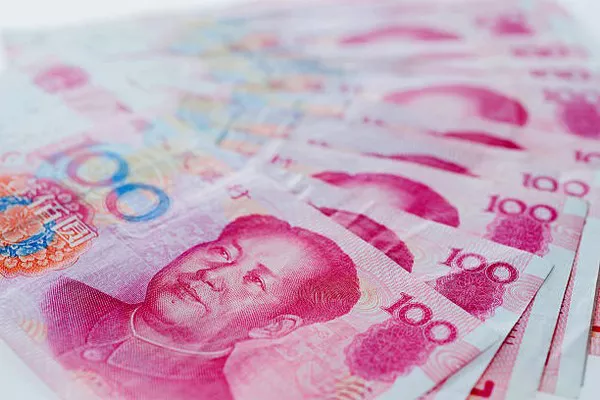In recent weeks, the People’s Bank of China (PBOC) has taken decisive steps to stabilize the yuan (CNY) amid global economic uncertainties and domestic pressures. The central bank has introduced a series of measures aimed at curbing excessive volatility and ensuring the currency remains within a manageable range. These actions come as the yuan faces downward pressure from a stronger U.S. dollar, geopolitical tensions, and fluctuating trade dynamics.
One of the key measures implemented by the PBOC is the adjustment of the daily yuan fixing mechanism. The central bank has been setting stronger-than-expected mid-point rates for the yuan against the U.S. dollar, signaling its intent to prevent rapid depreciation. This strategy has been effective in tempering market speculation and maintaining investor confidence. Analysts suggest that the PBOC’s proactive approach reflects its commitment to avoiding the kind of sharp devaluation seen in 2015, which triggered capital outflows and global market turmoil.
Additionally, the PBOC has increased its use of foreign exchange reserves to intervene in the currency market. Data from the State Administration of Foreign Exchange (SAFE) shows that China’s forex reserves have seen modest fluctuations, indicating active management to support the yuan. The central bank has also ramped up its verbal interventions, with senior officials reiterating that China will keep the yuan stable and resist one-way bets on depreciation.
Domestically, the yuan’s stability is crucial for maintaining economic confidence. A weaker currency could exacerbate inflationary pressures by raising the cost of imports, particularly energy and food. On the other hand, excessive strength could hurt export competitiveness, a critical pillar of China’s economy. The PBOC’s balancing act is further complicated by divergent monetary policies between China and the U.S. While the Federal Reserve has maintained high interest rates to combat inflation, China has cut rates to stimulate growth, creating additional pressure on the yuan.
Looking ahead, market participants will closely monitor the PBOC’s next moves. Some economists predict further adjustments to the reserve requirement ratio (RRR) for foreign exchange deposits, which could provide additional liquidity to stabilize the yuan. Others suggest that China may explore more structural reforms, such as expanding the yuan’s use in international trade and finance, to reduce reliance on the U.S. dollar.
In summary, the PBOC’s recent measures underscore its determination to maintain yuan stability amid complex global and domestic challenges. While short-term pressures persist, the central bank’s toolkit and policy flexibility provide a strong foundation for managing the currency’s trajectory in the coming months.
You Might Be Interested In:
- How Does China Manage the Yuan?
- Chinese Yuan | History, Currency & Significance
- Why Do Hong Kong and China Have Different Currencies?


